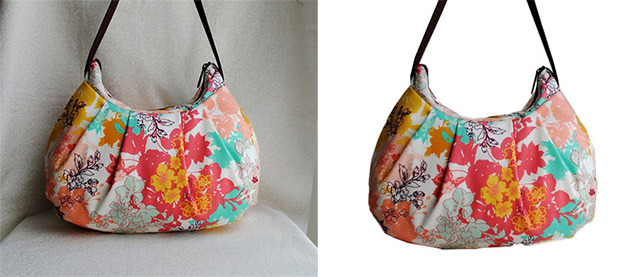Automatic background image cleaning

The developers at Bonanza spent more than two years creating a program to automatically remove the background from images. The task turned out to be much more difficult than initially thought. As it turned out, automatic background removal is one of the classic problems of computer vision, known since the 80s.
As is often the case, if the developers understood the complexity of the problem, they would not undertake to solve it at all. But then it turned out that there was no way back, and yet they managed to achieve some success. On April 11, they launched the Bonanza Background Burner converter, which cleans up the background well on random photos, with little or no help. Access through the API is still free, but in the future, service owners will come up with something.
The service is intended primarily for online stores. It is known that goods on a white background are sold at least 10-15% better than without it. So a simple automatic procedure immediately brings a material effect. By the way, for this reason, Amazon and some other online stores require that goods be presented on a white background without fail.
')
However, the program is useful for everyone else who sells things and publishes photos of the product, for example, on the forum. After processing, there are several options for removing the background. You need to choose the best and, if necessary, correct it manually. Red color should be roughly marked fragments for deletion, and green - to save. The converter can delete and white background, saving PNG with a transparent background.
The result of processing in Bonanza Background Burner is shown in the examples below.


The authors of the program say that they took OpenCV as a basis, wrote a layer in Ruby to adjust the “engine” and tried more than 100 combinations of various image processing techniques. Now the converter works in 8 passes and successfully removes the background on 70% of the photos. Taking into account manual refinement, this percentage rises to 85%. By the end of 2014, they intend to bring the efficiency up to 90% to double the performance, that is, up to a maximum of 5 seconds per photo.
Source: https://habr.com/ru/post/219305/
All Articles